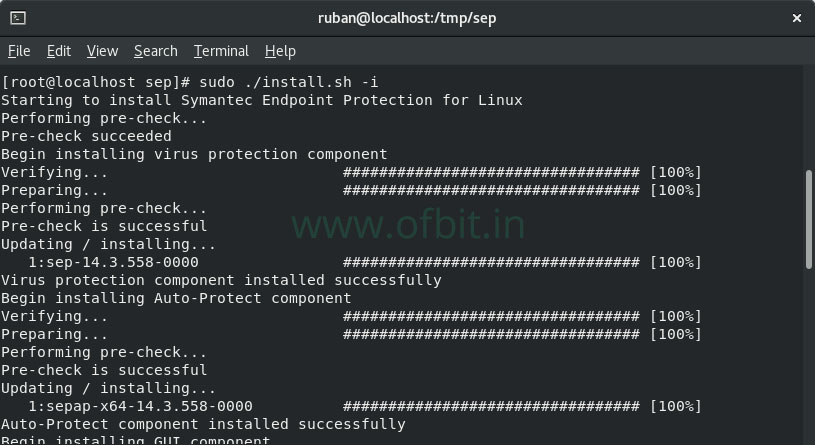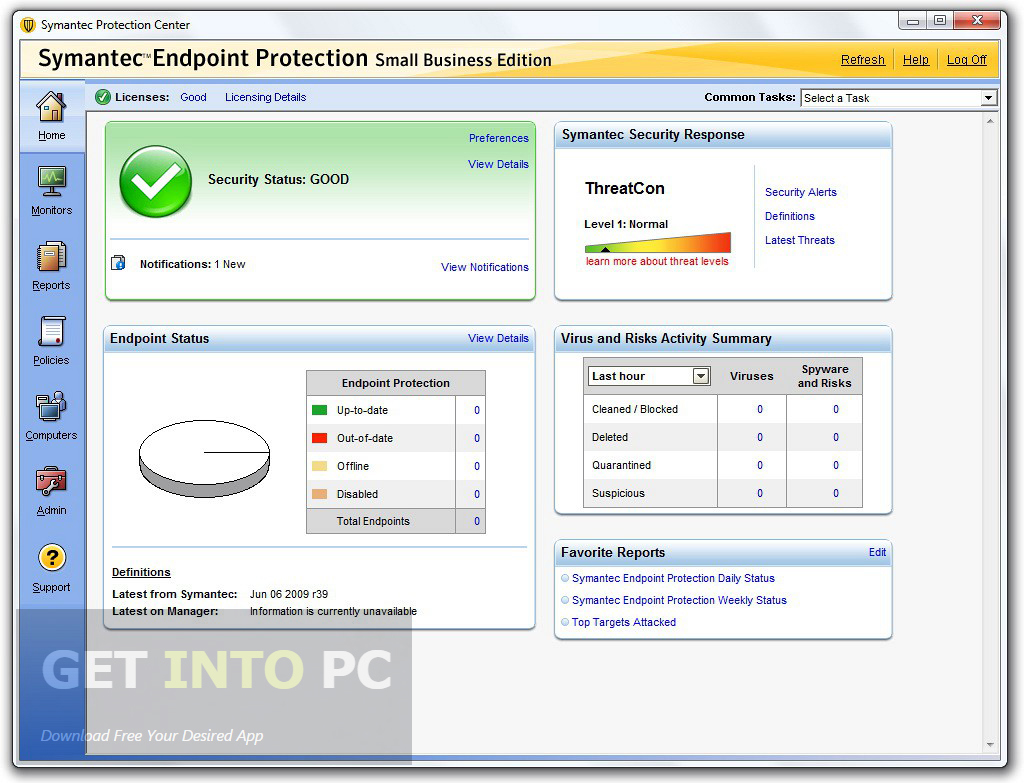

My computer never fell from 100% CPU usage when the program was running.

The CIDS engine can be set into passthrough mode either by disabling the component in the client's Intrusion Prevention policy, or by disabling the component in the local SEP client interface. Click Configure Settings in the Network Threat Protection section.Open the Symantec Endpoint Protection client interface.Manually disabling the NTP firewall on the client Click Tasks> Withdraw Policy Next to the Firewall policy.


Click Policies> Firewall and Double click the Firewall policy used by the clients you wish to disable the firewall on.Login to the Symantec Endpoint Protection Manager (SEPM).Make sure clients are in Server control mode Note: Disabling/withdrawing the SEP client's firewall policy on clients in either client or mixed control mode will not disable the firewall as the client is already using a locally configured firewall policy instead of one configured in the SEPM. The NTP firewall can be set into passthrough mode either by disabling/withdrawing the client's Firewall policy, or by disabling the component in the local SEP client interface. It places them in a passthrough mode where network traffic is still passed through the drivers, but is not evaluated against any rules or definitions. Note: Disabling these features does not stop the associated drivers. It may be necessary to disable each of these technologies when troubleshooting network related issues on computers protected by SEP. Symantec Endpoint Protection (SEP) clients use two different technologies to protect computers from network attacks/exploit attempts: the Network Threat Protection firewall and the Client Intrusion Detection System (CIDS) engine.


 0 kommentar(er)
0 kommentar(er)
